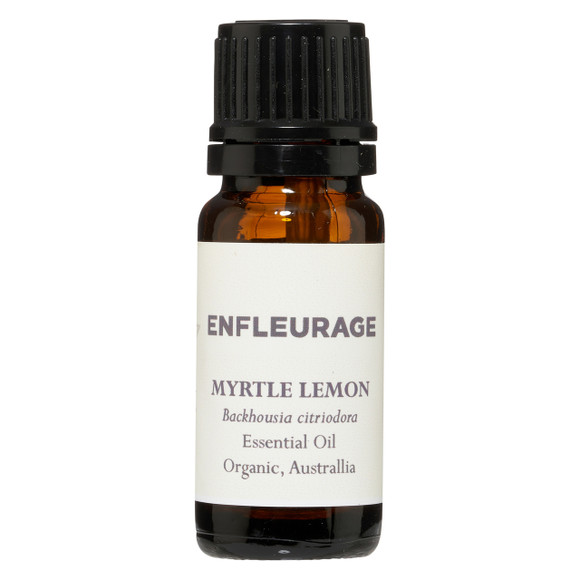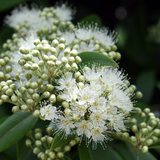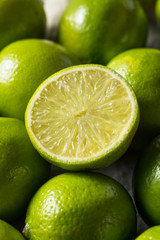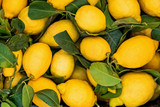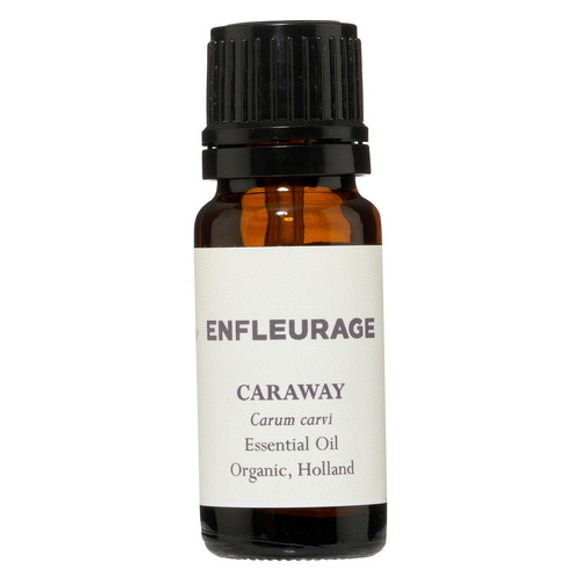Myrtle
Myrtus communis
Myrtaceae family
Harvested and steam distilled in Tunisia from leaves and flowers of organically grown plant material.
Myrtle is a bush/small tree native to the Mediterranean area.
Throughout most of recorded herbal history, myrtle was a recognized medicament and macerated in wine.
Arctander says
Myrtle oil is a pale yellow to orange-yellow or pale amber-colored mobile liquid of strongly camphoraceous-spicy, but also sweet-herbaceous and fresh body-notes. The better oils (of which this is one) are very fresh and strong in topnotes, and yet display an almost floral sweetness and little or no reside note. Myrtle oil belongs unquestionably to the “topnote” materials and not to the fixative oils. It blends excellently with bergamot, lavandin, lavender, rosemary, clary sage, hyssop, the artemisias, petitgrains, bay leaf oil, etc and is thus an interesting item for colognes also those of aldehydic type.
Furthermore, Myrtle oil is used in flavors where it has found some popularity in meat sauces, seasonings, etc in combination with spice oils and herb oils. In this respect, it blends well with clove bud oil, laurel leaf oil, cinnamon oils, cardamom oil, etc giving freshness and lift to the heavy spices. It enhances the effect of ginger and it modifies nutmeg oil in a pleasant way. By itself, it is somewhat bitter and sharp, but well blended, it acts favorably as a fresh and appetizing agent in many spice blends.
Battaglia says
He disagrees with Arctanders flavor description but I think the point is that it will not be the best oil to add a drop to your pasta salad, but is important when formulating a flavor blend.
Aromatherapeutic properties
Antifungal
Anti-inflammatory
Anti-microbial
Anti-oxidant
Anti-viral
Hypoglycemic
Insecticidal
Expectorant
As always, if you have a keen interest in the aromatherapeutic properties of Myrtle, then that’s great—have a look at The Complete Guide to Aromatherapy by Salvatore Battaglia.
Safety Warning
As with most essential oils, dilute before using on skin. Perform a patch test before use if essential oil sensitivity is suspected. Do not take essential oils internally. Do not use on children or pets. Seek advice from a trained aromatherapist before using on people with compromised immune systems. Keep away from eyes and mucus membranes.
Enfleurage makes no medical claims relating to any products, essential oils or otherwise, on our website or through social media. We are an essential oil company, not doctors, The FDA has not evaluated the statements on this website. We present our information in order to educate our customers on traditional and general uses of essential oils; in no way do we diagnose, cure, treat, or prevent any disease or condition.
You the customer are responsible for understanding the safe use of any and all of our products, including essential oils, and use them accordingly.
2.12.0.0









